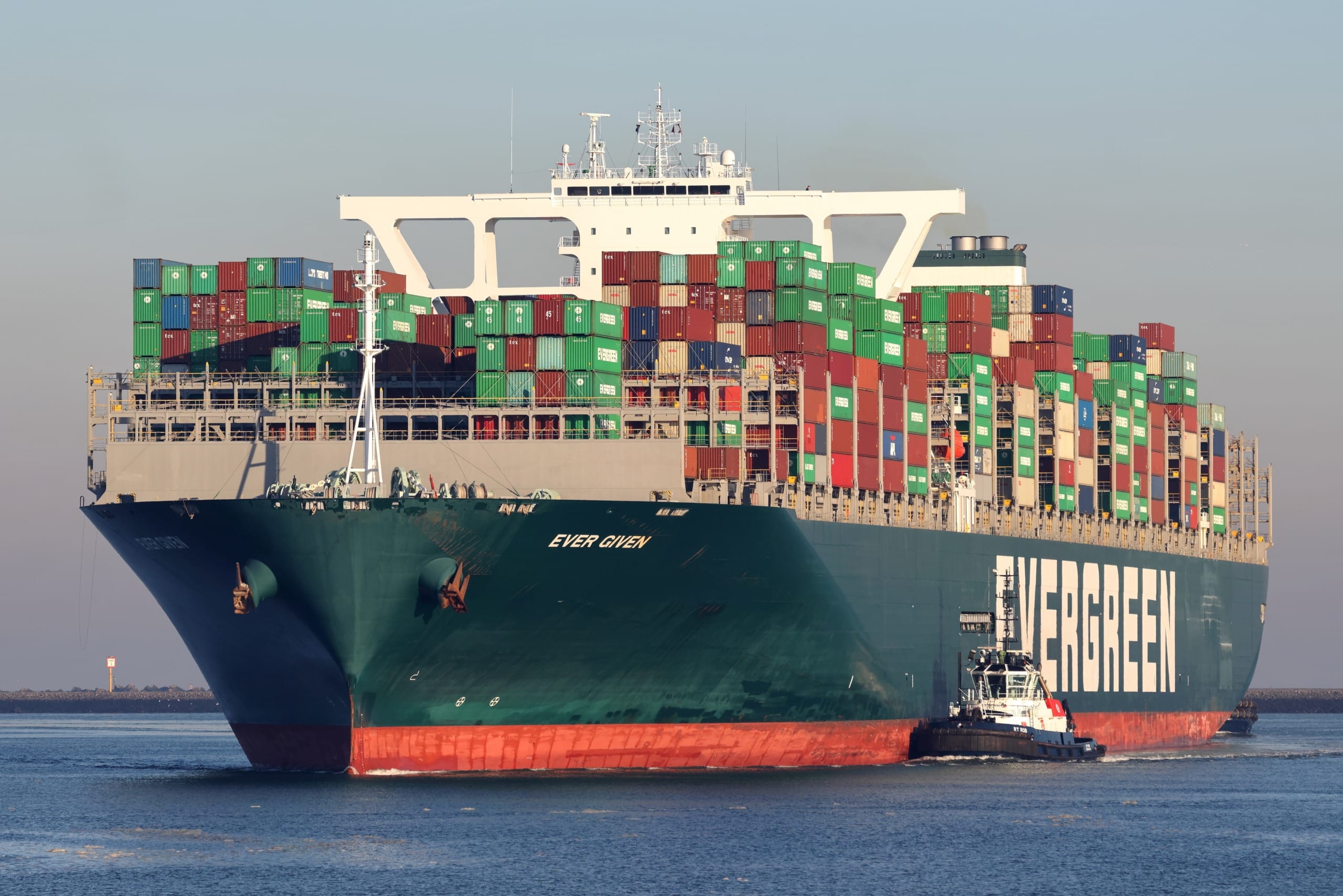
A combination of global events over the past year has led to a worldwide shipping container shortage resulting in unprecedented cost increases and doubled timelines. Not only are companies dealing with historically high freight rates but added is uncertainty regarding when shipments will be delivered. Backorders have become an all too familiar term.
Industries such as fitness equipment, home-improvement, and outdoor recreation experienced major growth due to the effects of Covid-19 and quarantine mandates. The overwhelming demand for products in these categories led to unprecedented shipping container shortages. Other global events such as the blockage of the Suez Canal in late March also contributed to shortages and increases in shipping rates. Added to these challenges, Covid-19 has affected manpower needed to crew the world’s merchant marine fleet.
Supply chain leaders now face intense pressure to make strategic decisions given difficult to predict shipping timelines and rates.
Top Concerns for Shipping from Asia to Top Ports in the U.S.
A top concern for supply chain leaders is how the shipping container shortage will continue to affect freight costs and timelines from Asia to key ports in the United States.
Top ports in the U.S. for shipments from Asia in terms of volume include:
- Los Angeles
- Long Beach
- Seattle
- Houston
- New York
U.S. imports from Asia increased 22% from February to 1.66 million TEU, up a staggering 90.5% from the same month a year ago. March was the second-busiest month in the trade ever, according to the Port Import/Export Reporting Service (PIERS).
With port congestion and delays in Asia and European ports, the container shortage in Asia is expected to become worse over the next few weeks. The unprecedented surge of imports at major US container ports is expected to continue at least through the end of this summer as retailers work to meet increased consumer demand.
Rising costs and extended shipment delays
Freight costs continue to rise as a direct result of the container shortage and some experts expect costs to continue to stay at these levels for the foreseeable future. Many companies are going ahead and locking in current prices for their yearly shipping contracts.
Freight companies are now requesting and recommending at least 3 weeks advanced booking requests. Vessel wait time at major Asian ports is 3+ days and due to the limited availability of workers, delays for vessels, rail, and trucking are expected to continue at least into summer 2021.
Which industries will be affected the most?
While all imports have certainly been impacted to some degree by the container shortage,. industries that have been severely impacted include:
- Semiconductors/Computer chips
- Automobiles
- Gasoline/Fuel
- Food Products
Seasonal industries such as pool supplies for example are at risk of missing their peak sales period this summer due to delays. While some experts predict the shortage may last until next year, the Biden administration has announced a plan to rebuild U.S. supply chains and ensure the country does not face shortages of critical equipment and products.
Prices for basic commodities have also risen since the onset Covid-19.
| Commodity | 31-Dec-19 | 30-Jun-20 | 31-Dec-20 | 22-Feb-21 | 13-May-21 |
| Aluminum (LME) | 1,800$ | -$0.05 | -$0.10 | -$0.19 | -$0.37 |
| Steel (HC) | 543$ | -$0.01 | -$0.28 | -$0.34 | $ 91.3%) |
| Stainless Steel (304) | 1,930$ | -$0.05 | -$0.07 | -$0.17 | -$0.32 |
| Plastics (ABS) | 1,879$ | $ (-1.1%) | -$0.41 | -$0.45 | -$0.68 |
| Copper (LME) | 6,155.50$ | -$0.02 | -$0.26 | -$0.30 | -$0.72 |
Key Strategies
Forecast Orders and Communicate with Suppliers
The ability to forecast orders and communicate clearly with suppliers has become increasingly critical for firms to maintain healthy levels of inventory. Especially now that freight companies are requiring advanced booking, forecasting orders will allow firms and factories to know when orders need to be placed to account for delays. This type of forecasting is also healthy for manufacturing and supplier relationships as it helps those partners see the value of future business.
Online tools such as Smartsheets make communicating in real-time with overseas manufacturing partners much easier. It’s important to create a “dashboard” listing purchase orders, estimated completion, and shipping dates that red-flag any potential issues for both firms and suppliers to see.
Contact Us





Follow Us